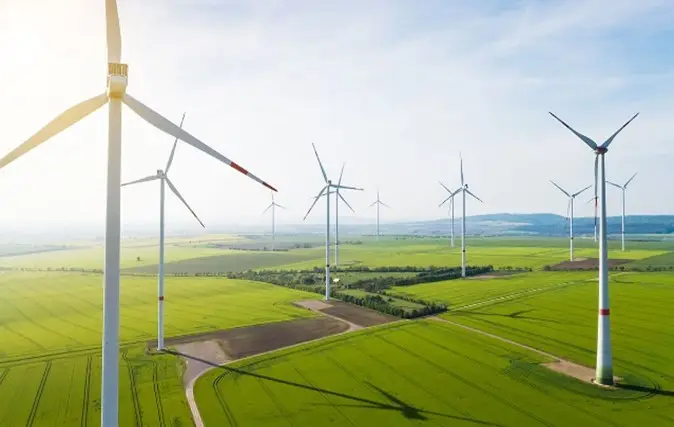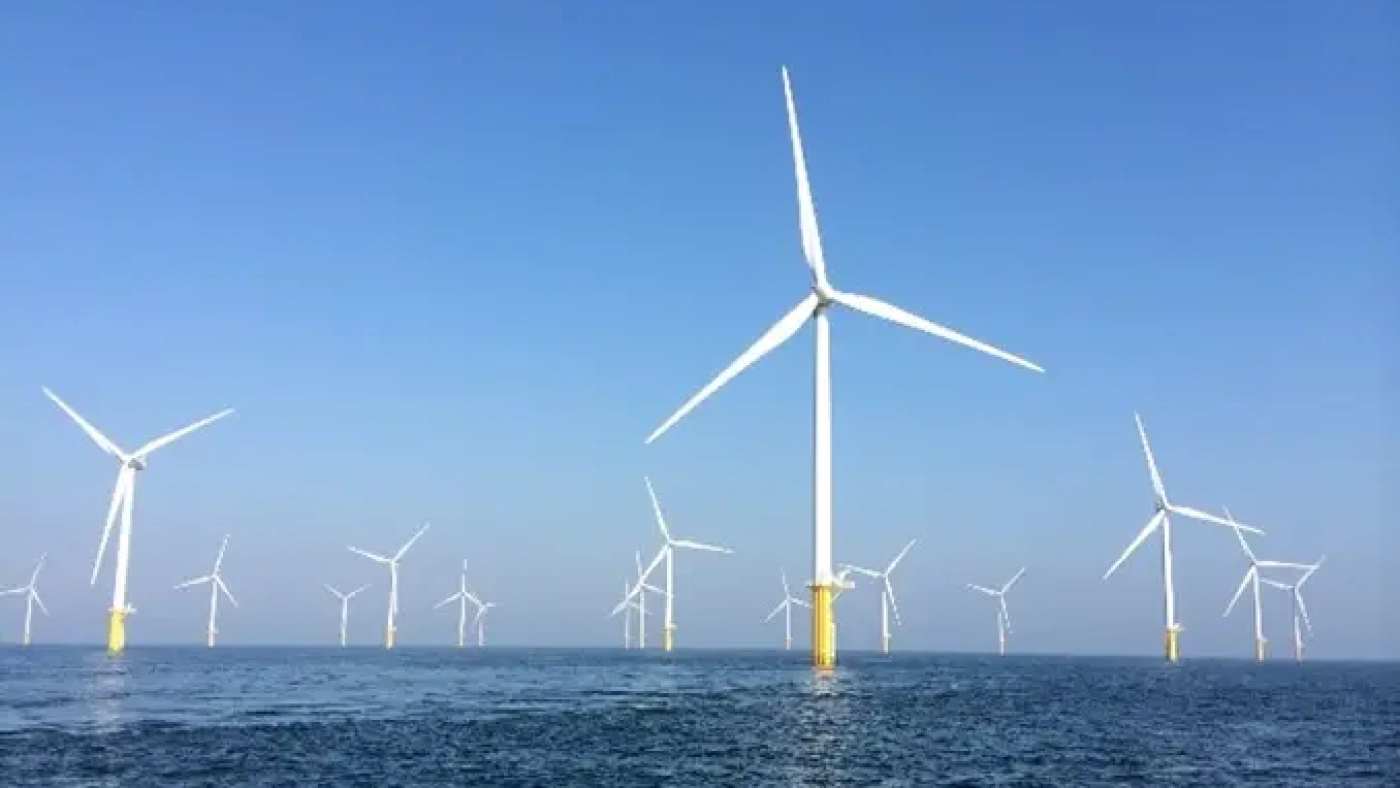The global wind energy industry is undergoing rapid transformation. According to IRENA, with a 116.0 GW expansion in 2023—a 12.9% increase from the previous year—wind power reached a total installed capacity of 1,017 GW, marking its largest growth in the past decade. By 2030, wind energy is projected to become the second-largest source of global renewable electricity generation, trailing only solar PV and surpassing hydropower.
This environmentally friendly energy source can be harnessed efficiently through both land-based (onshore) and offshore technologies, ensuring long-term sustainability. In 2023, the International Renewable Energy Agency (IRENA) estimated that onshore wind added approximately 104 gigawatts (GW) of new capacity, a 48% increase compared to 2022. Offshore wind capacity additions, on the other hand, reached about 11 GW, marking a 27% rise from 2022. Statistics show that onshore wind still accounts for the majority of global wind energy capacity. However, offshore wind is gaining increasing traction due to technological advancements, higher wind speeds, and ambitious government targets. Most importantly, the global offshore wind industry is growing rapidly, driven by countries setting ambitious deployment targets. For example, the United States aims to achieve 30 gigawatts (GW) of offshore wind capacity by 2030. Europe continues to lead in offshore wind, with the United Kingdom, Germany, and the Netherlands investing heavily in large-scale offshore projects. Meanwhile, China has emerged as the largest player in new offshore wind capacity additions.

Understanding the differences between these two types of wind energy and their current deployment trends is crucial for assessing their feasibility and future impact. The points below highlight some of their characteristics:
Land-Based (Onshore) Wind Energy
- Well-stablished technology with lower installation and maintenance costs.
- Wind turbines are installed on land, typically in rural or open areas which are usually closer to population centres.
- Easier grid integration due to proximity to the demand centre.
- Lower capacity factors due to variable terrain and wind obstructions such as buildings and vegetation.
Offshore Wind Energy
- Higher wind speeds and steadier wind conditions result in greater energy output.
- Requires specialized infrastructure to withstand marine environments.
- More expensive to install and maintain due to the need for subsea cables, offshore substations, and corrosion-resistant materials.
- Benefits from economies of scale as turbine sizes increase with capacities exceeding 15 MW per turbine.
- Turbines are fixed to the seabed using monopiles or jacket structures, but floating wind farms allow for deployment in deeper waters where wind speeds are higher Wind energy,
Onshore and offshore, will play a vital role in the global energy transition. However, the intermittency in wind can pose challenges. This intermittency can be mitigated by creating hybrid plants integrating with solar or utilizing battery energy storage systems. Wind and solar energy are reliable power sources, but they exhibit different production peaks. Wind power is more effective in the fall and winter months when wind speeds are higher, and air density is greater. Solar energy, on the other hand, thrives in environments with more irradiance, typically during the summer and spring seasons. This seasonal difference means that when combined, wind and solar energy complement each other well in hybrid plants.
In addition to seasonal variations, wind and solar power also peak at different times of the day. Solar power generates electricity during daylight hours, with its peak production around solar noon. Wind turbines, however, generate power if wind speeds exceed a specific threshold, with peaks typically occurring at sunrise or sunset. These times align with changes in air temperature and density, causing winds to funnel through geographical gaps and valleys. The complementary nature of wind and solar energy helps to reduce reliance on fossil fuels and increases the overall energy output in an affordable manner. According to the IEA, delaying the integration of hybrid plants could lead to a 20% decrease in CO2 emission reductions in the power sector. It could also risk 2000 terawatt-hours (TWh) of global variable renewable energy generation, potentially undermining national climate pledges.
Overall, while the wind energy industry is undergoing rapid transformation with significant growth in capacity and investment, it also faces challenges that require strategic policy support, technological innovation, and increased investment to sustain its momentum and achieve global renewable energy targets.



Add a Comment